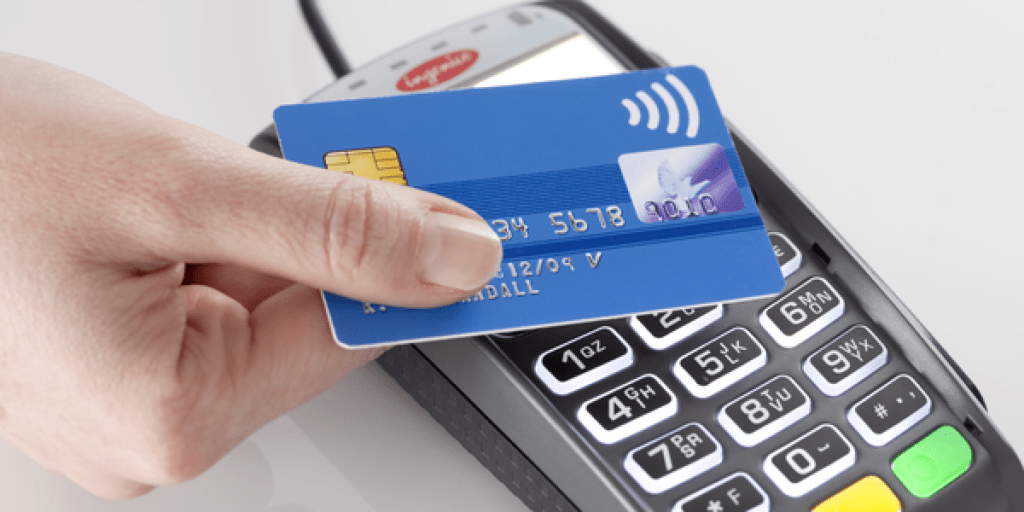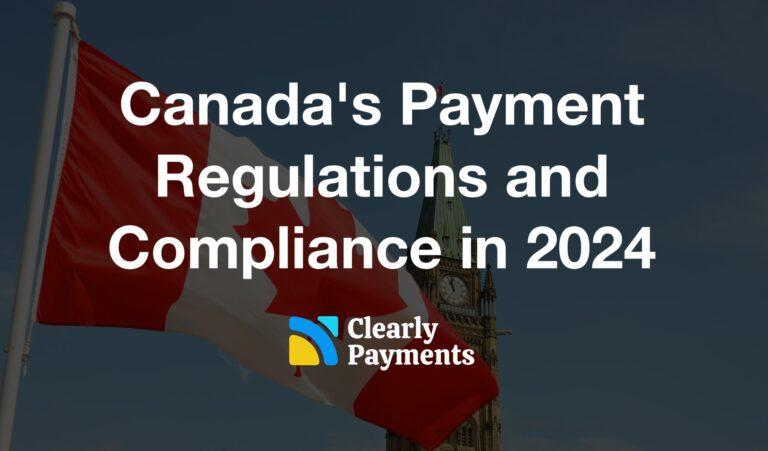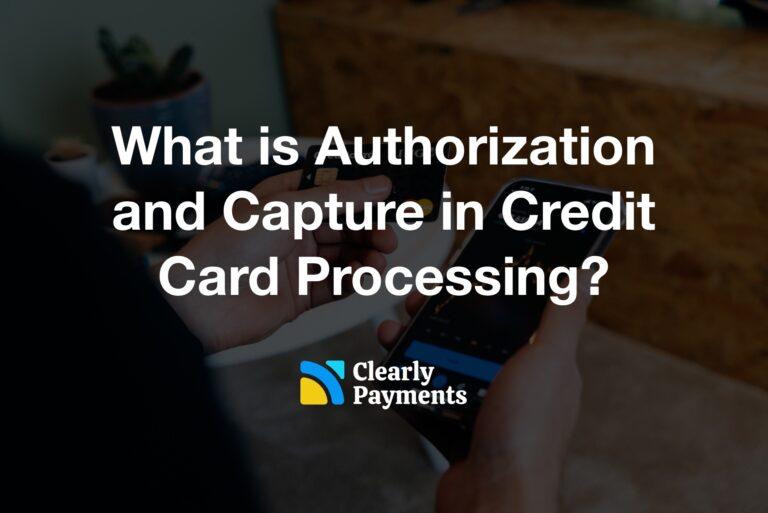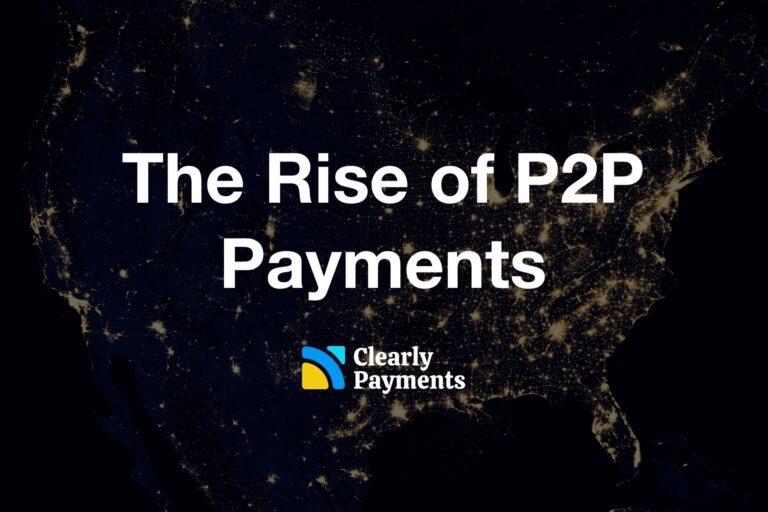When your business processes a credit card, you will be charged a transaction fee. The majority of that fee is the interchange fee.
What is the interchange fee?
The interchange fee is part of your transaction fee that your business will pay when a customer pays with a credit card. The customer doesn’t get impacted by the interchange fee, just you pay it as a business for the ability to accept credit cards. There are hundreds of interchange rates that vary depending on a several factors. These factors include the type of credit card used, which brand is on the credit card (Visa, MasterCard, Amex, etc), what type of business you’re operating, and whether the purchase was made in-person or online.
Interchange fees are only for credit cards. Debit cards do not use interchange fees. They have their own set of fees.
Who sets the rate of the interchange fee?
The interchange fees are set by the card brands (Visa, Mastercard, etc.) and each card brand has different fees for the different types of credit cards and the different industries that accept credit cards. Unfortunately, that makes interchange fees a little complicated.
Can I negotiate lower interchange rates?
Interchange fees are determined by the card brand and cannot be negotiated. Sometimes the card brands adjust the interchange fee but that impacts all merchants across the country.
Visa and Mastercard post announcements when they change the interchange fees, which usually occurs twice a year, generally in April and October.
Sometimes you see flat rate pricing with some payment processors. The majority of that fee is based on the interchange fee. Flat fee rates need to make sure they are profitable on all card types and industries, which is why merchants generally pay more with flat fee pricing.
Who gets the money from the interchange fee?
The interchange fee gets paid to the issuing bank for putting the the credit cards into consumers’ hands and for facilitating the transaction. The fee is paid for service of security, fraud protection, and the authorization of your business’s transactions in real-time.
Is it possible to lower my interchange rates?
Yes, it is possible to lower your interchange rates. It’s not by negotiating lower fees though. It’s by setting up your business to reduce the risk of your business in the eyes of Visa and Mastercard.
One way to lower your interchange fees is to lower the risk of a chargeback. When you charge someone a fee then deliver the service in the future sometime, that’s higher risk because the customer has more chance to dispute the charge (i.e. do a chargeback). Try to charge the customer at the same time you deliver the product or service.
Another way to reduce interchange fees is to conduct the transaction in person if possible. Taking credit card orders over the phone and online has higher interchange fees unfortunately. Credit card transactions without the person present are statistically higher risk.
Lastly, the type of credit card used impacts the interchange rate. The more basic the credit card, the lower the interchange fee. This is difficult to influence, but try to accept basic credit cards. Enjoy a full are article on ways to reduce your interchange fees.




